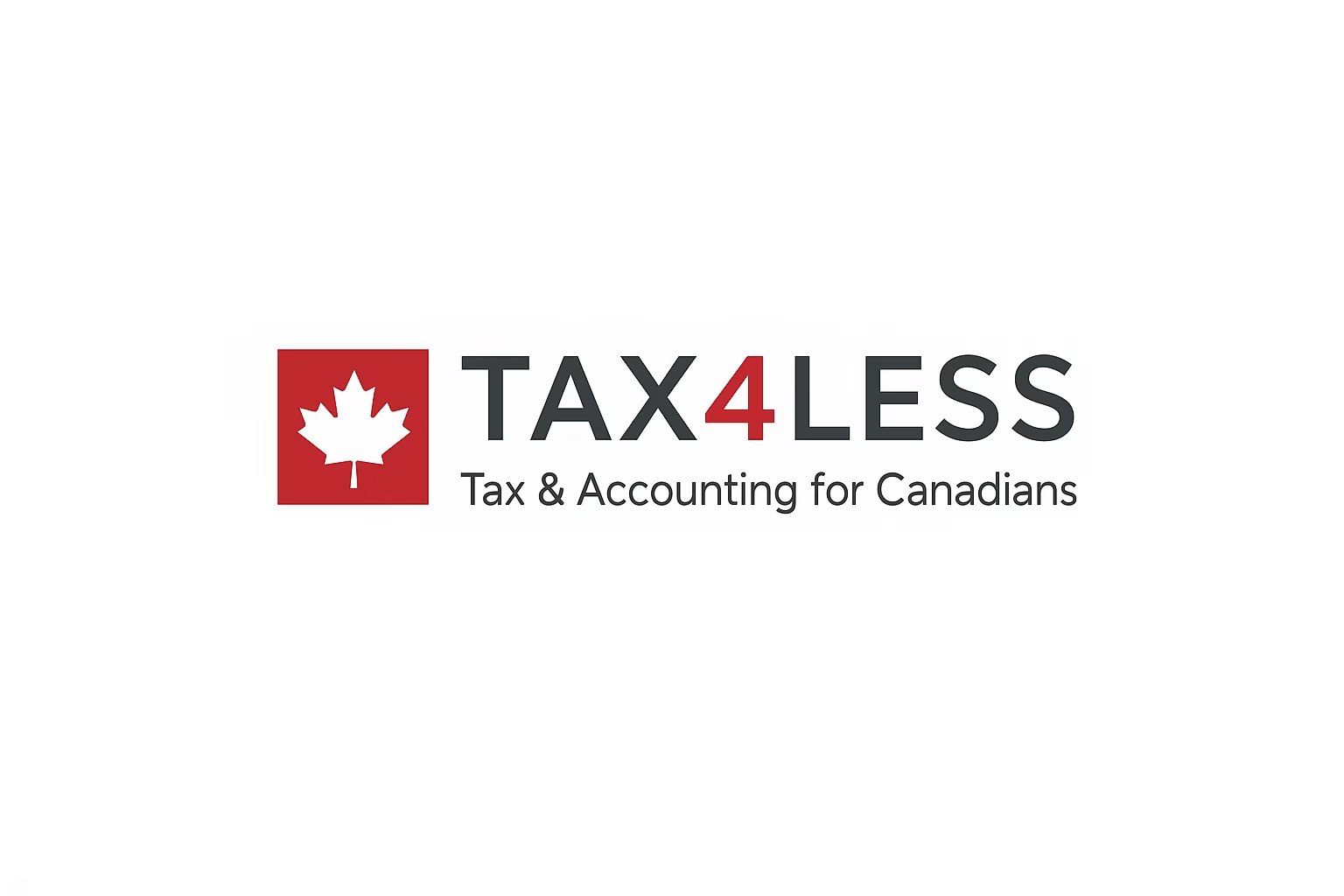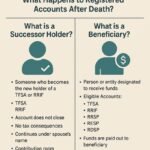How to Name Successors or Beneficiaries on Various Accounts in Canada
When planning your estate, it’s essential to ensure your financial accounts and assets are passed on smoothly to your intended heirs. In Canada, naming successors or beneficiaries for various accounts can simplify the estate settlement process, help avoid probate, and ensure your wishes are honored. This can often be done directly with financial institutions, though in some cases a will is required. Here’s a breakdown of how this works across different account types.
1. Registered Accounts (RRSP, RRIF, TFSA, RESP)
✅ Direct Beneficiary Designation Allowed
For most registered accounts, you can name a beneficiary (or a successor holder in certain cases) directly through the financial institution holding the account.
Types and Rules:
RRSP (Registered Retirement Savings Plan)
You can name a beneficiary to receive the proceeds of the RRSP upon your death. This avoids probate.RRIF (Registered Retirement Income Fund)
You can name a successor annuitant (usually a spouse) or a beneficiary. A successor annuitant continues receiving payments; a beneficiary receives a lump sum.TFSA (Tax-Free Savings Account)
You may name a successor holder (only your spouse/common-law partner) or a beneficiary. A successor holder takes over the account without affecting TFSA room.RESP (Registered Education Savings Plan)
RESP rules are more complex. You can’t name a beneficiary per se, but you can appoint a successor subscriber to manage the RESP on behalf of the child.
🔍 How to do it:
Fill out a beneficiary designation form with the financial institution.
Keep this designation up to date, especially after major life events (e.g. divorce, remarriage).
2. Life Insurance Policies
✅ Direct Beneficiary Designation Allowed
You can name one or more beneficiaries directly in your life insurance policy. This allows the proceeds to be paid directly to them, bypassing probate and your estate.
🔍 How to do it:
Designate beneficiaries on the insurance application or by completing a beneficiary change form with your insurer.
Consider naming contingent beneficiaries in case the primary one predeceases you.
3. Non-Registered Investment Accounts & Bank Accounts
🚫 No Beneficiary Designation Allowed (in most provinces)
Unlike registered accounts, non-registered accounts (e.g. individual investment accounts, chequing/savings accounts) typically do not allow direct beneficiary designations in most provinces.
✅ Handled Through a Will
You must outline your wishes for these accounts in your last will and testament. If no will exists, these assets become part of your estate and are distributed according to provincial intestacy laws.
👥 Joint Accounts Exception
Joint accounts with right of survivorship pass automatically to the surviving account holder (e.g., a spouse) and do not form part of the estate.
4. Pension Plans and Group RRSPs
✅ Designate a Beneficiary
Most workplace pensions and group retirement plans allow beneficiary designations.
🔍 How to do it:
Contact your HR department or plan administrator.
Use the official form to name or update your beneficiary.
5. Real Estate and Other Property
🚫 No Direct Beneficiary Option
Real estate and personal property (vehicles, art, etc.) do not allow for direct beneficiary designation. These must be addressed in your will or through specific legal arrangements (like joint tenancy with right of survivorship).
Should You Rely Solely on a Will?
✔️ Yes, for Comprehensive Planning
Even if you’ve named beneficiaries for certain accounts, a valid, up-to-date will is essential to cover:
Non-registered assets
Real estate
Personal property
Guardianship of children
Residual estate (assets not specifically designated)
🛑 Note: If your will designates a different beneficiary than what’s on an RRSP or TFSA, the form on file with the institution usually overrides the will.
Final Tips
Keep all beneficiary designations consistent with your overall estate plan.
Review designations regularly, especially after marriage, divorce, or the birth of a child.
Consider working with a lawyer or estate planner to avoid unintended consequences or tax implications.
Conclusion
Naming beneficiaries in Canada involves a mix of direct designations (for registered and insurance accounts) and formal estate planning via a will (for non-registered accounts and property). Proper coordination between the two ensures a smoother transition of your assets, minimizes probate costs, and gives peace of mind to your loved ones.
Related Article read: https://tax4less.ca/successor-holder-vs-beneficiary-which-one-should-i-chose/
 Need Help? Book a Consultation
Need Help? Book a Consultation
Navigating car deductions and HST rules can be a maze, especially with luxury vehicles or mixed-use scenarios. Don’t guess — talk to a pro.



- accounting services Canada
- avoiding probate
- business tax preparation
- Canadian financial accounts
- Canadian inheritance law
- corporate tax services
- death benefits
- end-of-life planning
- estate beneficiaries
- estate distribution
- estate executor
- estate transfer
- financial institutions
- financial legacy
- inheritance planning
- legal heirs
- personal finance Canada
- probate avoidance
- registered accounts
- RESP successor
- retirement planning
- RRSP beneficiary
- succession planning
- tax compliance Canada
- tax planning Canada
- tax-free savings
- Tax4less
- tax4less.ca
- Tax4Less.ca Inc
- TFSA beneficiary
- wealth transfer
- will vs beneficiary

 Previous Post
Previous Post Next Post
Next Post